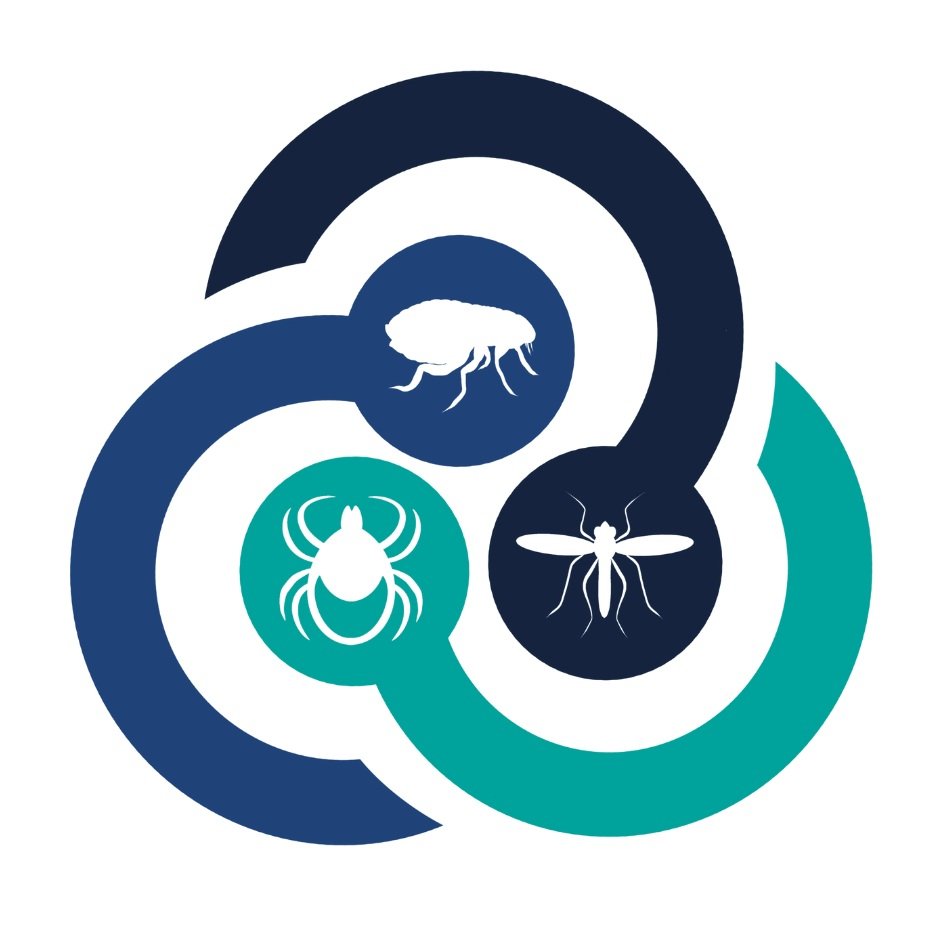Tick Tube Evaluation on Public Lands
This project aims to evaluate tick tubes’ effectiveness in reducing tick density and the prevalence of Borrelia burgdorferi, the causative agent of Lyme disease, in questing blacklegged tick nymphs.
Tick tubes are a host-targeted approach to tick management. They leverage mice’s natural behavior to gather materials for their nests. The tubes provide permethrin-treated cotton, which mice incorporate into their nests, effectively killing ticks on the mice and within their nesting sites.
Following several years of optimization, this evaluation will assess the large-scale efficacy of tick tubes for use on public lands, aiming to decrease the risk of pathogen transmission from infected ticks.
The goal of this project is to evaluate the large-scale effectiveness of tick tubes in reducing tick density and Borrelia burgdorferi prevalence in questing Ixodes scapularis nymphs on public lands.
What are the goals of this project?
Over four years, we will deploy tick tubes in Pennsylvania and Delaware public lands. We will be:
Measuring cotton use
To quantify the amount of cotton used, we will be weighing material loss from deployed tick tubes.
Quantifying rodent density
To make accurate comparisons, we will be calculating rodent density using mark-release-recapture methods for white-footed mice.
Evaluating questing tick numbers
We will use CDC methods to drag for ticks in our treatment and control plots to determine the effect of the tick tube deployment, over time, on questing tick density.
Pathogen testing
We will be testing collected ticks for pathogens associated with tick-borne diseases to evaluate the impact of the tick tubes on pathogen circulation.







